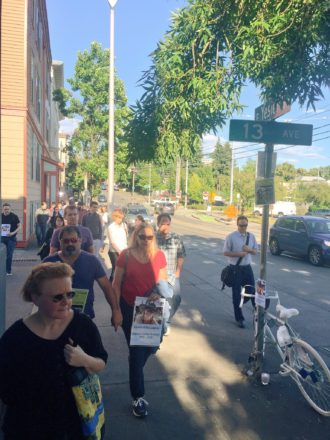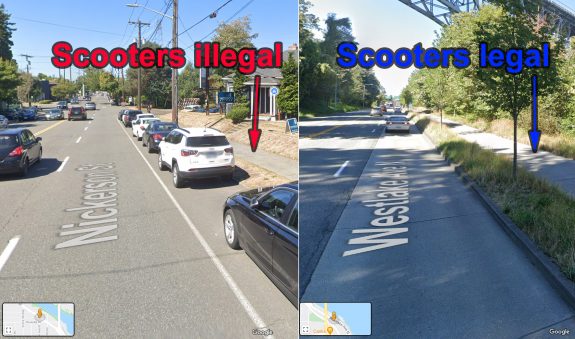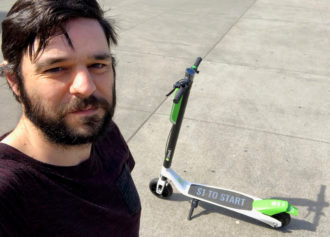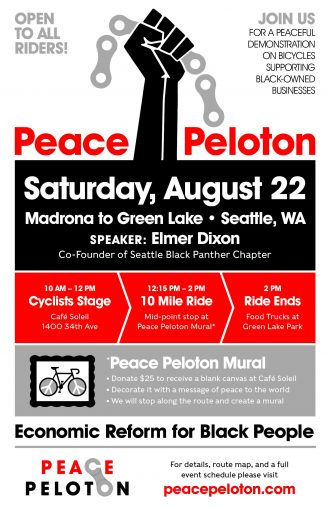New pbl revisions on Yesler pic.twitter.com/nADh4npo2N
— Dongho Chang (@dongho_chang) August 30, 2020

SDOT has installed protected bike lanes on Yesler Way between 14th and 12th Avenues, part of a project to further protect and separate the bike lanes from the First Hill Streetcar tracks in the area.
But this two-block stretch fulfills a heavy purpose: This is where Desiree McCloud was biking when she crashed and died in 2016. Video shortly before her crash showed that she was between the westbound streetcar tracks, and Desiree’s brother Cody filed a wrongful death claim against the city alleging that she crashed because of the streetcar tracks. Seattle settled the case in 2018 for $490,000, though the settlement did not include promises that the hazard would be fixed.
Streetcar tracks pose a serious hazard to biking because the gap in the road surface is just barely wide enough for a bike tire to slide into it. This often results in the tire getting wedged, throwing the person riding it to the ground with little to no warning.
Following her death, her family, friends and local safe streets advocates demanded immediate safety changes. They gathered for a memorial walk to dedicate her ghost bike and to meet with SDOT officials to talk about what the city was going to do to make sure this didn’t happen to anyone else. The meeting was an enormous gift to the city by the McCloud family, who expressed righteous anger and heartbreak over what happened and yet were still willing to show up to try to help make the city better.
So it’s great to see these bike lane changes finally happen, but it’s 2020. More than four years have passed without action. The community and Desiree’s mourning loved ones could not have been more clear about the need for immediate changes. You look at the photos, and it’s just some cheap paint and plastic posts. It’s great that they are finally in place, but the people of Seattle deserve a more urgent response from our city.
Desiree’s death was avoidable. I really hope these bike lane fixes make it so nobody ever crashes here again. But many streetcar and railroad hazards remain in our city, not to mention the overwhelming number of hazards caused by streets that prioritize car speed over safety. Fixing hazards that kill people is the very least the city can do.












